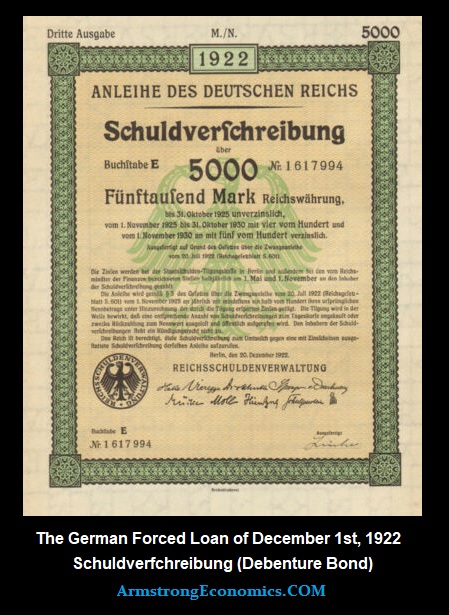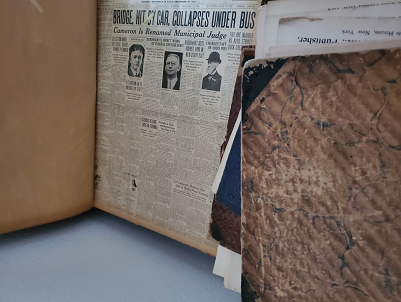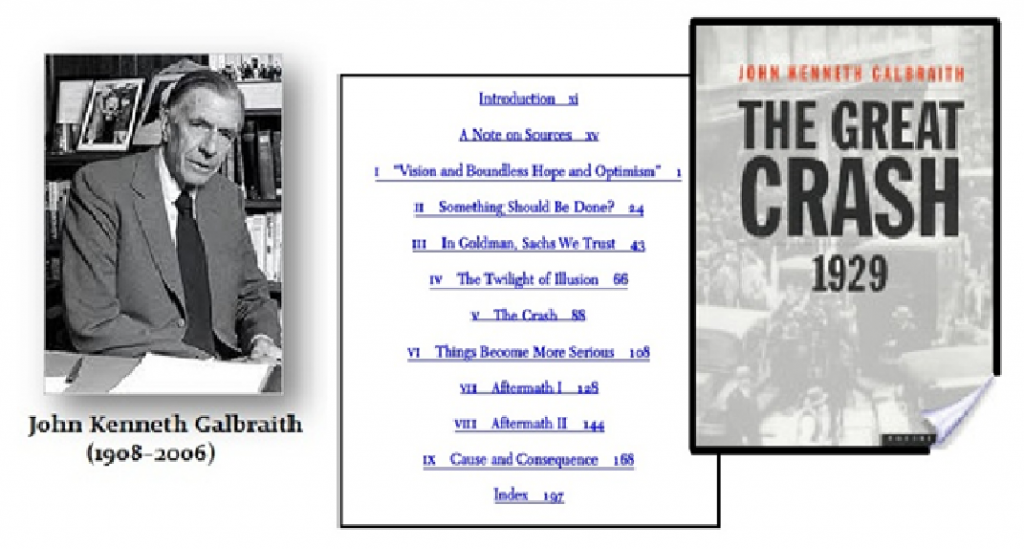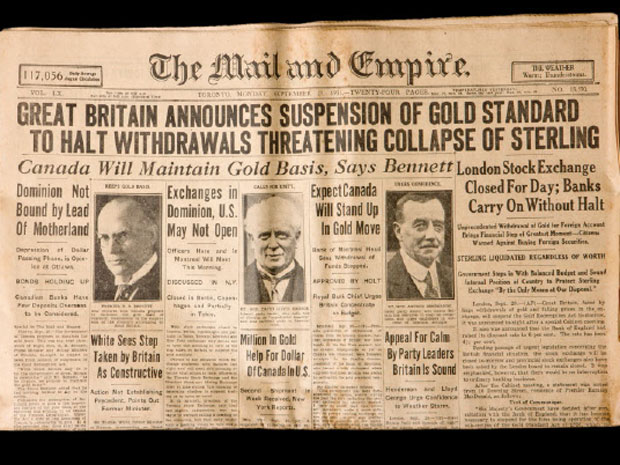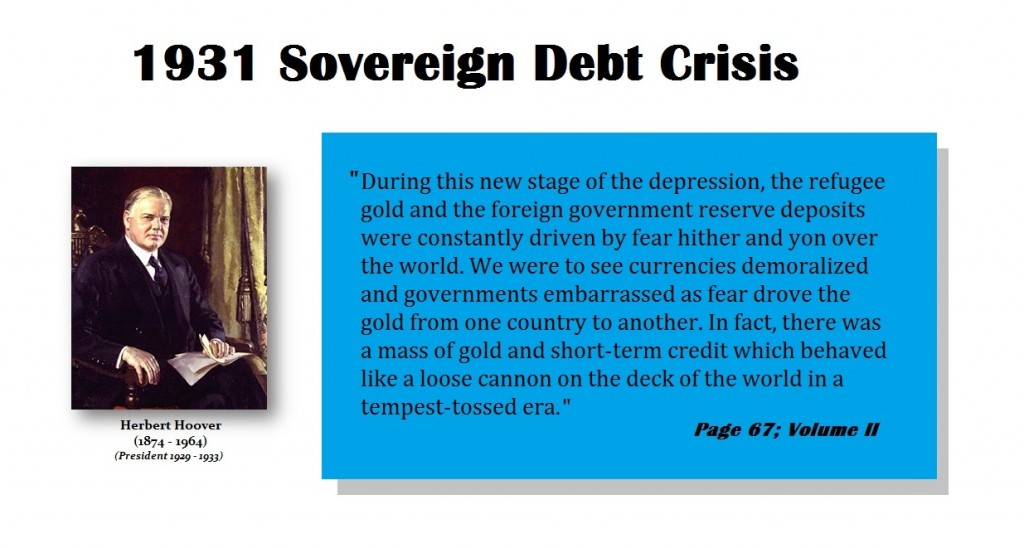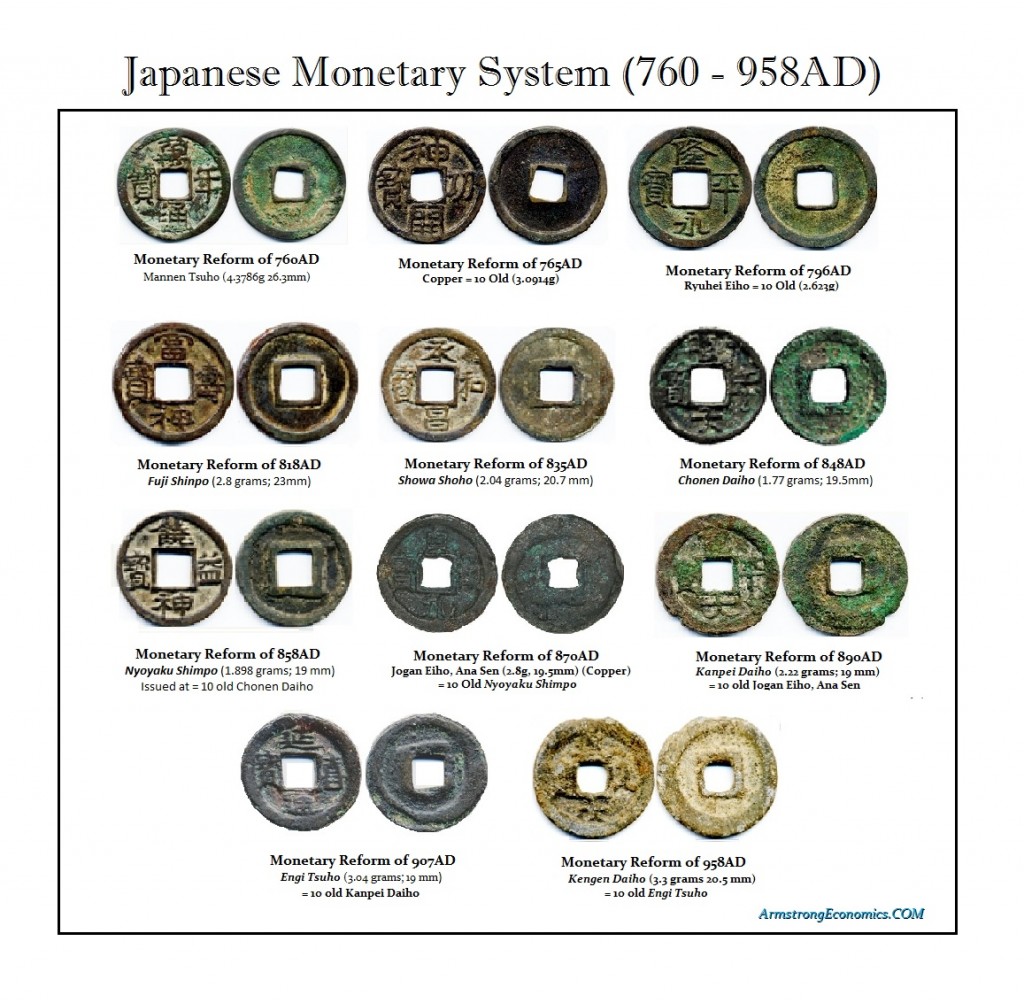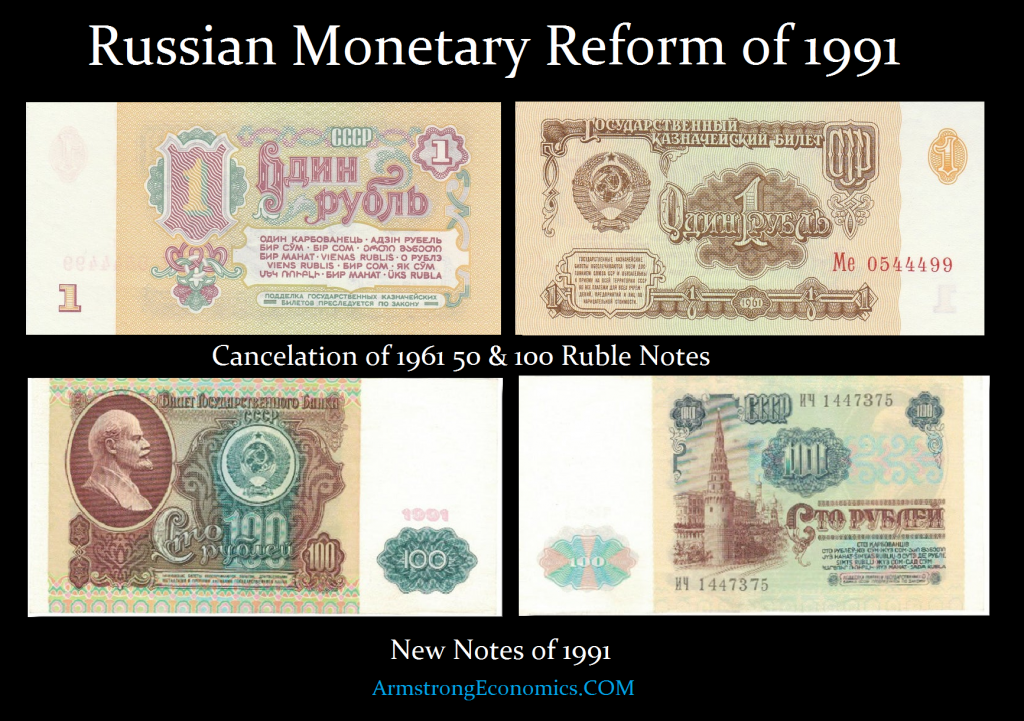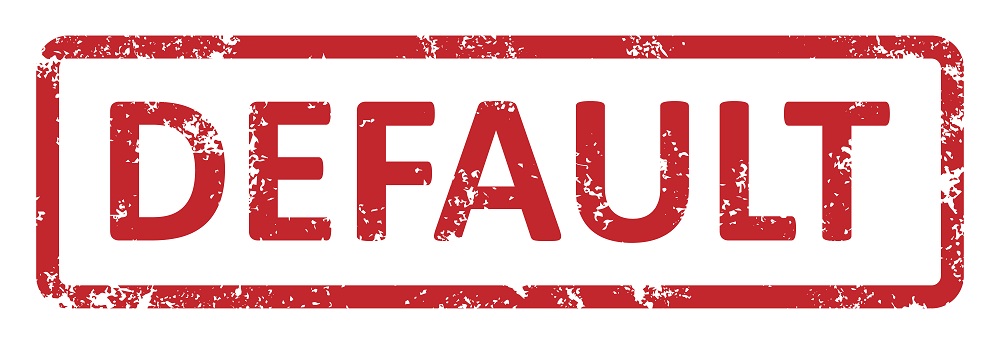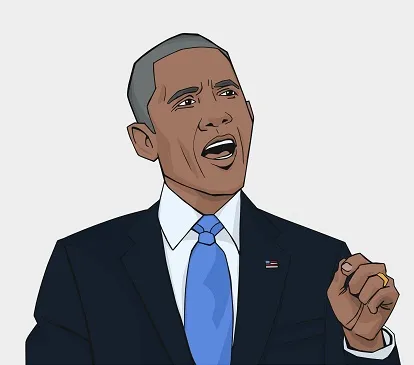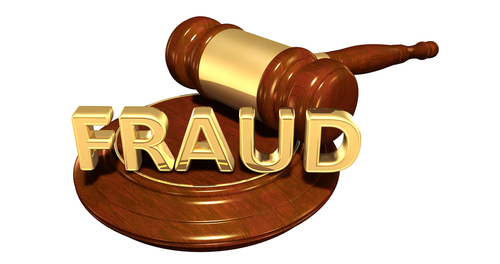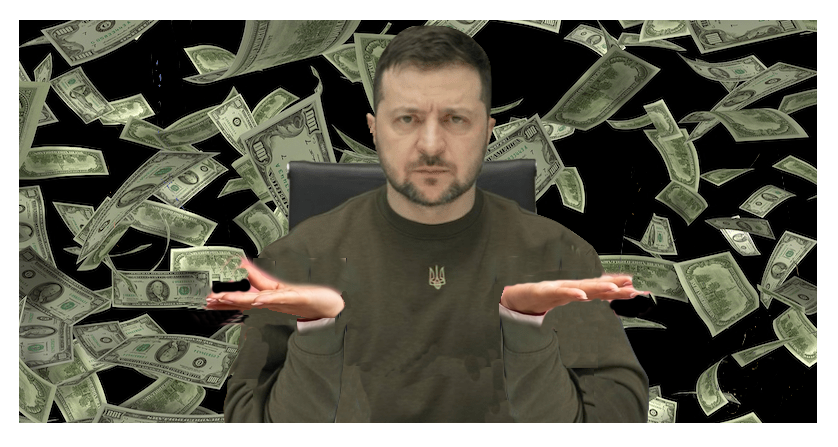QUESTION: Mr. Armstrong. I heard you are the best when it comes to monetary history and systems. I found your comment that it was not the printing of money that created the German hyperinflation but they first confiscated 10% of everyone’s assets. My question is this the only such example? I have listened to two interviews you have done and you used the same example. Can you point to any other such events?
HF
ANSWER: You can buy the German bonds of December 1922 probably on eBay if you would like a piece of history. I probably have the best reference collection with respect to monetary history in the world. I do not makeup stuff, and I do not rely on modern history books. I prefer to also collect the reference materials of the era. I have bought newspapers bound in annual volumes from libraries over the years before digital. I have an extensive collection of both US and British materials. You will often see in my writings I publish articles from that period to show what they really said back then, not someone else ignoring or altering it to fit their agenda.
I have stated many times that I had to read Galbraith’s “Great Crash” in school. He was really a Socialist and never mentioned anything about a Sovereign Debt Crisis. Only when I found a rare copy of Herbert Hoover’s “Memoirs” in a London book store did I see all the evidence he put forth. My subsequent search of contemporary newspapers confirmed that the history books were all written by Socialists who supported Stalin back then. WHEN YOU DO THE RESEARCH TO DISCOVER WHAT HAPPENED, instead of trying to support a theory, you actually discover some very interesting facts. Hoover’s words applied to the 2007-2009 Financial Crisis and the collapse of Greece in 2010. Capital acted the very same way.
There have been many simple cancelations of money both in the West and the East. The Japanese kept devaluing the outstanding currency to be with 10% of the new whenever a new Emperor came to power. That led to a collapse in confidence, and eventually, Japan lost the authority to issue coins for 600 years.
The outcome of the Monetary Reform with the collapse of the Soviet Union in 1991 was very similar. On January 22, 1991, President of the USSR Mikhail Gorbachev signed a decree on withdrawal from circulation and retirement of 1961 50- and 100-ruble banknotes. Like the dollar, these Russian notes were throughout the Soviet Union despite the fact that each state still had its own currency. Therefore, the trick was to replace the notes ONLY for Russians and effectively cancel the notes outside of Russia.
The signing of the Decree was reported on television at 21:00 pm Moscow time. By that time, virtually all financial institutions and shops were closed for the day. People who learned of the news rushed to exchange their currency through institutions that were open late and potentially unaware. Some managed wire money before they knew what took place. The reform included only a limited quantity per person or family to no more than 1,000 rubles. Deadlines for exchange were set at just three days from 23 to 25 January (Wednesday to Friday). Due to the lack of a coordinated system, if you exchanged money, it was noted in your passport.
The chaos resulted in the collapse in confidence of the government, as is always the case when it comes to the confiscation of assets. The result is ALWAYS the same no matter what country or culture. There is nothing that undermines the confidence in the government as messing with people’s assets.
Financial panics are NOT created by simply printing money. The average person has no idea about such things. What they do see is the cost of things, and when governments act ruthlessly, they always respond the same way.

